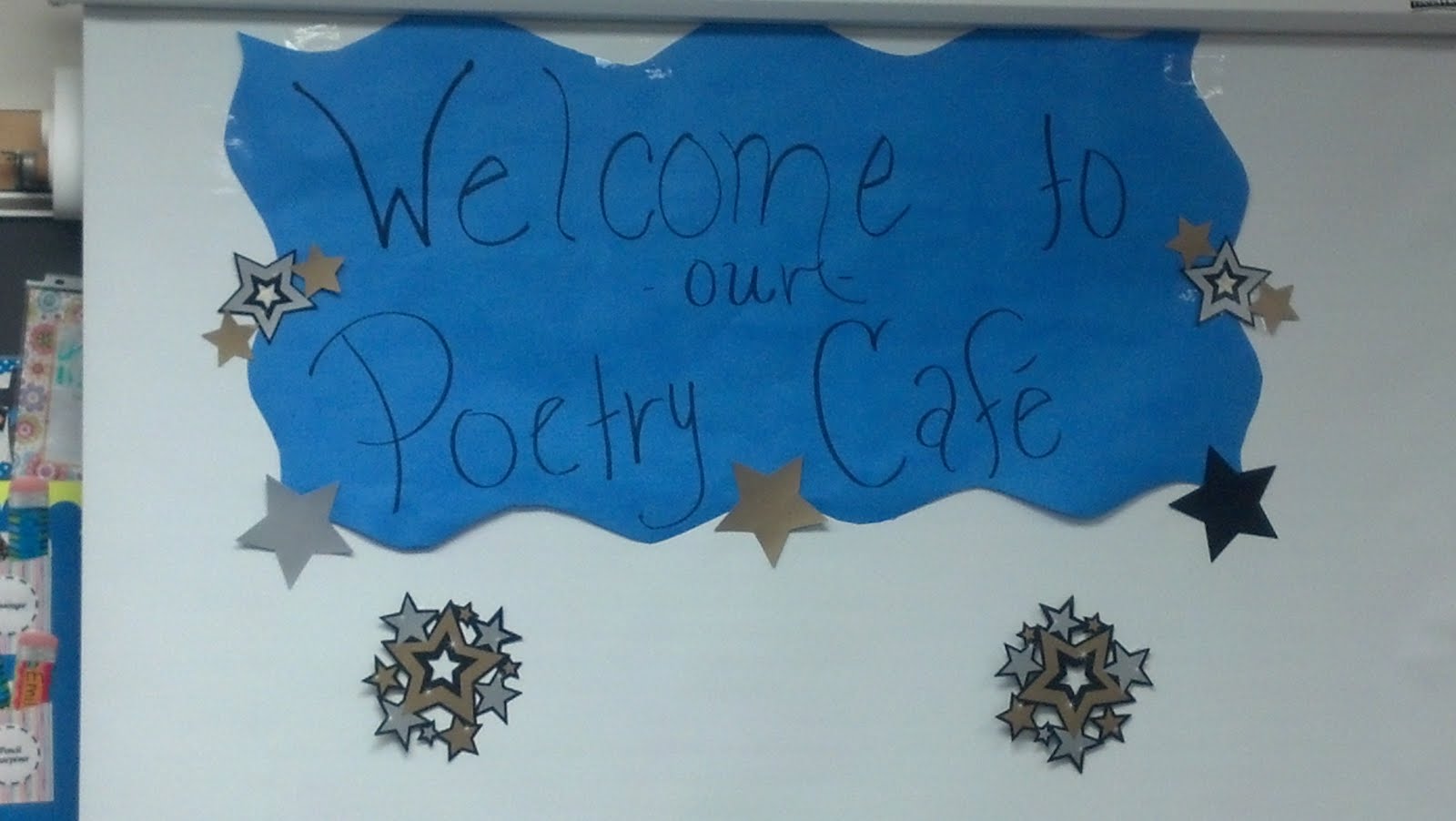The fourth grade students I was visiting had lots of questions for Mr. Begay, and he was kind enough to answer them. Big excitement at Harford Hills E.S!
Here is some of that conversation:
Harford Hills Fourth Grade: How do you come up with your ideas?
Shonto Begay: I want to share the moments we all are compelled to laugh as well as to cry. To fear and to feel the magical caress of stories, that is my intent.
 "Down Highway 163" is a stretch of road between Kayenta, Arizona and Moab, Utah, through some of the most spectacular landscape on earth.
"Down Highway 163" is a stretch of road between Kayenta, Arizona and Moab, Utah, through some of the most spectacular landscape on earth. HH Fourth Grade: Many students had questions about the old woman in the painting, who is also described in your poem. Is she is a real person, someone you know or observed?
Shonto Begay: The painting is an homage to the strength of mothers here where the highway ends and the true west begins.
It was painted with the idea in mind of that perseverance that the maternal part of my history is so well defined. Her intensity of this strength and compassion shows on her face, not to be confused with anger or anything negative. She has journeyed far, sometimes in the back of pickup trucks. The young and untested children might be in front.
She knows it has been colder.
Shonto Begay: The words came later. Paint with a story or a voice in mind. Heed those magical moments. [Yours] are the Voices that need to be heard. Most of us seem to do it well through the arts.
Author Amok: I read students a portion of your biographical statement from Navajo. They were surprised to hear that from age five you were not allowed to speak your native language at government boarding school, and that your parents were not allowed to visit. They asked, was it hard growing up?
Shonto Begay: My voice, once forbidden spoken in my language, is now what I will always celebrate -- what I aways have buried deep and safe within, in times it felt threatened, in my youth.
Mr. Begay, thank you very much for your openness and taking this time to share with students. The message you sent them -- about the importance of sharing their voices -- made a huge impression on the fourth graders.
Please visit Shonto Begay's website for more information about his art and writing.



No comments:
Post a Comment